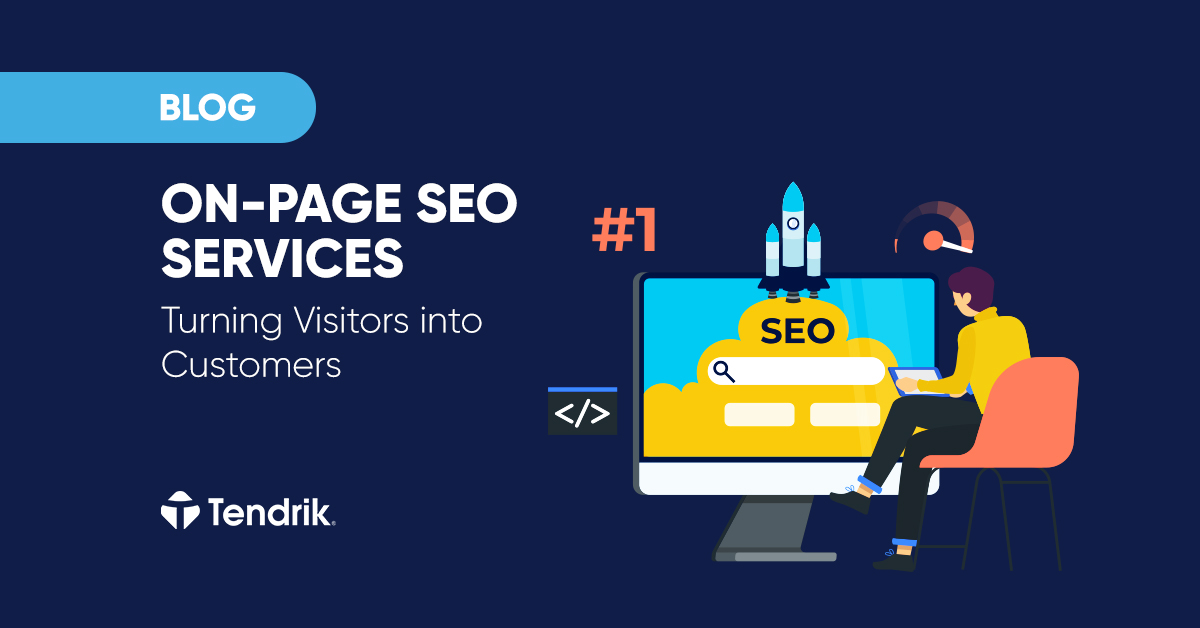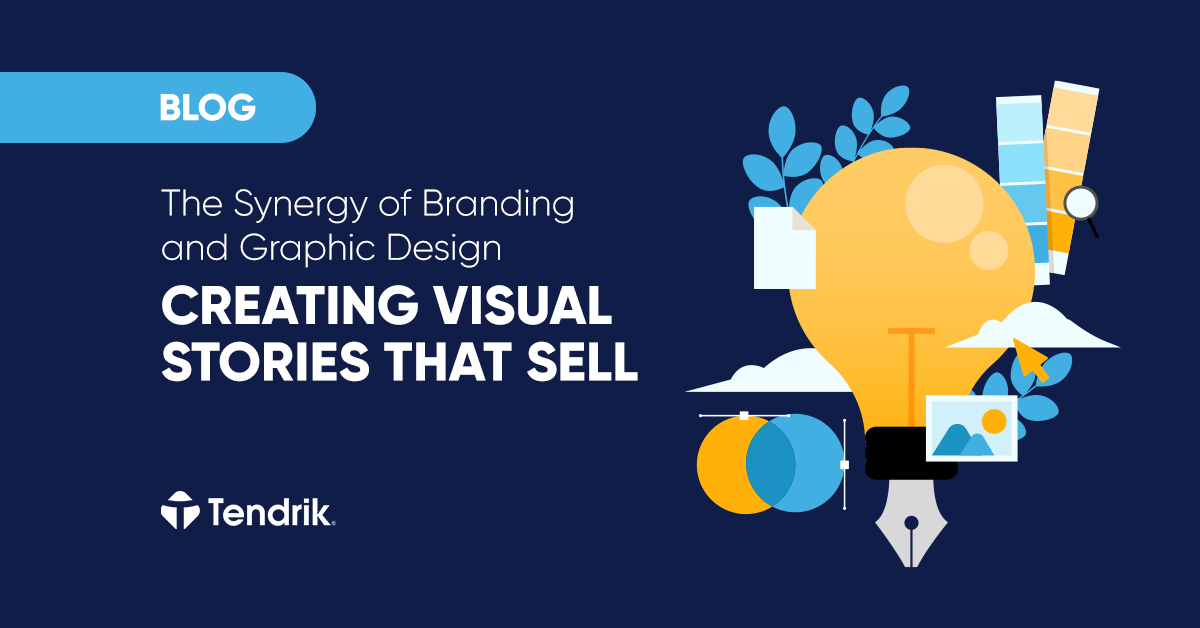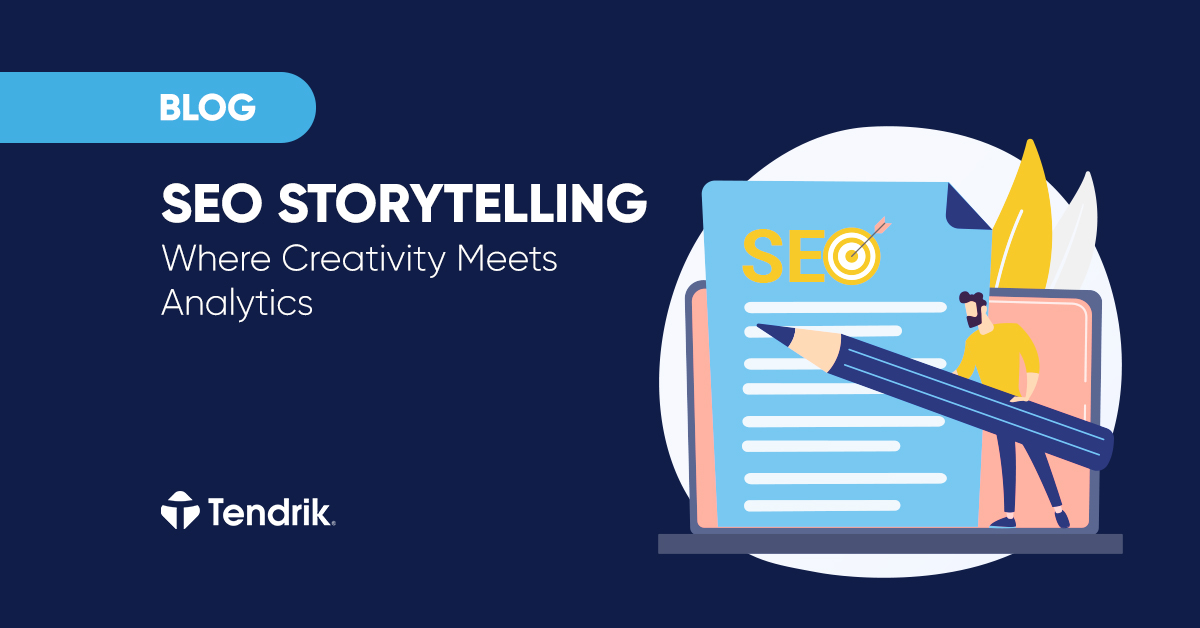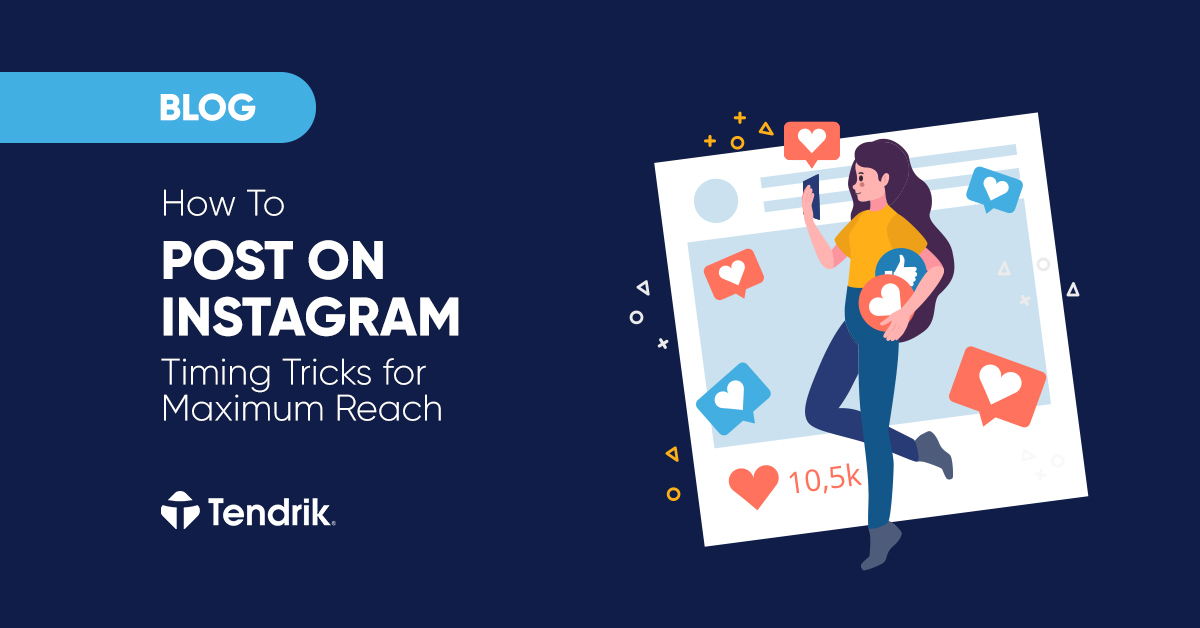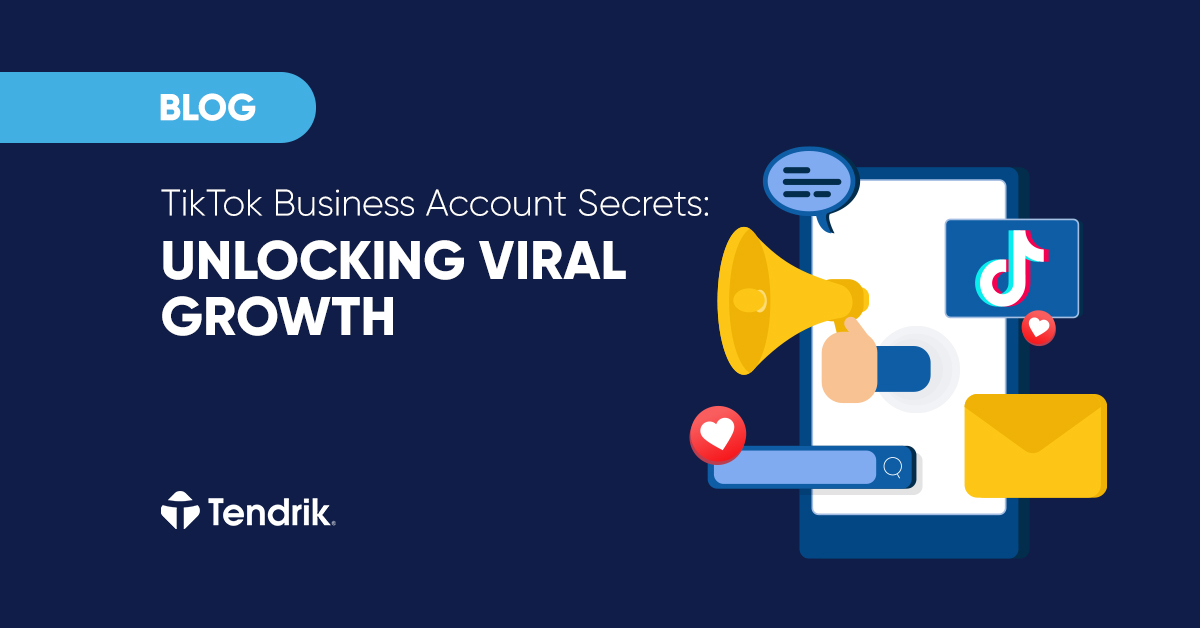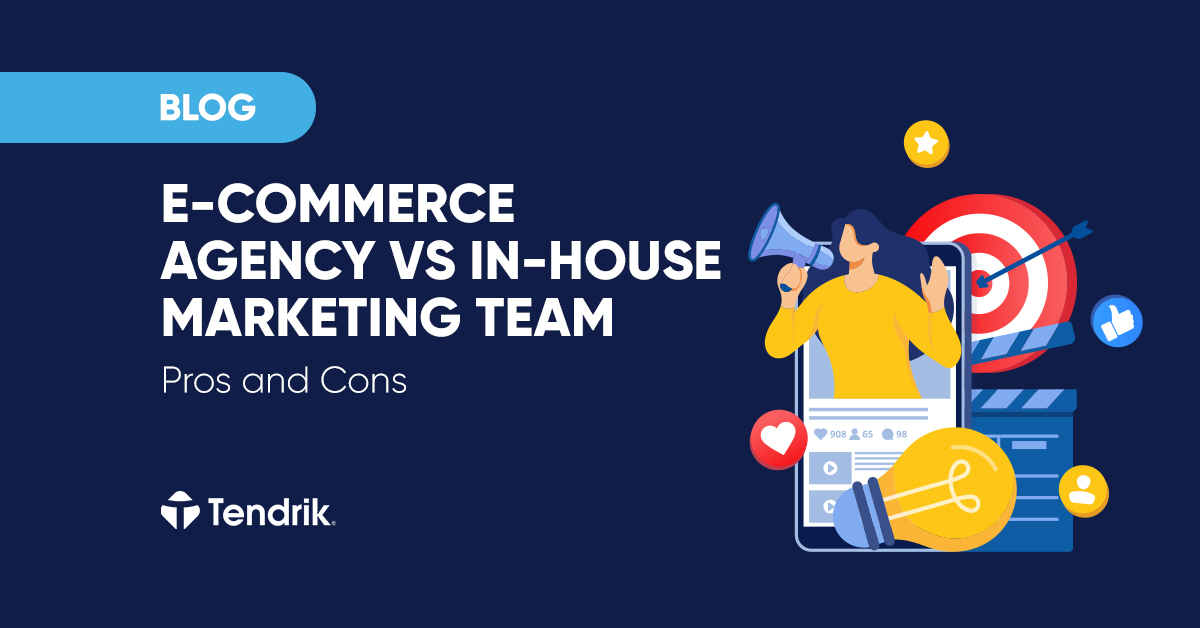Undoubtedly, if you have your own business and have already tried to create your own content marketing strategy, you must have asked yourselves: “Where should I begin?”. There isn’t a single right way to write your next outstanding article. The huge space for experimentation and creativity pretty much make up for most of digital marketing’s charm, which will always keep you growing both personally and professionally. Another advantage of doing marketing online is the fact that almost everything from the traditional (offline) marketing works in a digital environment as well.
Here’s why, in this article we won’t give you revolutionary cheat sheets, life hacks or disruptive strategies on how to unlock your inner David Ogilvy. Neither will we encourage you to acts as another Don Draper from Mad Men. Instead, we’ll remind you of a main, evergreen, never-changing process in marketing – the buyer’s journey.
We can say that the decision-making process of every customer includes three main phases: awareness, consideration and final decision. If you know the way your clients think, you can actively influence them and “politely” encourage them to choose what you have to offer. Even though its stages are only three, the buyer’s journey is neither simple, nor easy. There are tons of other factors which you won’t be able to control, but will take their toll in everything your clients do and feel – all the way from their needs to the emotional satisfaction of your product. Nevertheless, you shouldn’t feel discouraged, but even more motivated to strive for a perfect and highly effective copywriting.

No.1: Tell a story!
Even if you need to start with “Once upon a time…”.
Storytelling is perfectly suitable, when your client knows they need to satisfy a need and they’re trying to get aware of how and via what product to do it. With storytelling, you’ll be able to engage your potential customer, grabbing the attention in order to persuade them to choose your product.
The storytelling is a form of the creative copywriting. It should position your customer’s needs and problems, as well as the opportunities your product will create, in an appropriate, interesting and immersive story. The action in storytelling consist of three stages:
- Stage one: the tragedy. This is the part where you have to grab your audience attention. The easiest way to do this is to speak their language. You have to show that the main character has the same or similar problems as your target readers. This way, they will identify themselves with the protagonist and will be emotionally engaged for the rest of the story.
- Stage two: the product. Here comes the culmination of your story. You need to show how your product solves the main character’s problems. That your product can make dreams come true. At this point, you have to be very optimistic and ought to focus on those specifications that will bring the greatest value to your story’s character and your potential customers, respectively.
- Stage three: the happy end. Now you can write about how your protagonist uses your product and in what ways it takes difficulties out if his everyday life. Here’s the moment for you to point out how the product traits and advantages bring happiness. And don’t forget to finish with the traditional “lived happily ever after.”

No. 2: Solve a problem!
Your potential customer is already aware of both their needs and what the market has to offer. They’re already taking a step further – namely, they now start to consider exactly which product will fully solve their problem. And… you’re it!
If you want to write promotional content that is extremely beneficial to your customers, then you can rely on this method. The biggest advantages of such a text is that it’s short in length, synthesized enough, and focuses directly on user needs rather than on their wishes.
In the problem-solving promotional text, you need to focus on that specific part of your product that is directly related to your client’s need or problem. Remember – your customers have found you while searching for a specific answer to a specific problem. You should provide the useful information they need. And that’s it!
In this case you can choose between several different types of content including how-to articles, checklists, guide articles, Q&A article and etc.

No. 3: Bring some emotion!
Achieving an emotional impact though test is probably one of the most difficult things to do. Moreover, the customer has almost decided to buy a (possibly competitive) product and this is your last chance to turn their heads back on you!
We risk being quite harsh with the following statement, but… Oh, well. Emotional triggers are better preferred by marketers because they can be used more easily than the rational one, to manipulate your customers’ behavior. That’s because psychologically people are more likely to respond to emotions coming from their environment rather than to provoke their own logic.
In this regard, there is no better than the film studio “Pixar”. More than 20 years ago some people asked a question: “What if toys had feelings?” The result: “Toy Story” – a very charming, funny, but illogical motion picture (because toys cannot have souls and intelligence, of course), which got a box-office revenue that was 10 times higher than its production budget.
When those same people asked another ridiculous question – “What if feelings had feelings?” they turned the box office “Inside Out”! The new animated motion picture had jokes for kids and adults alike, as its courageous and smart storyline prompted hundreds of families to return to theaters and watch the movie again, thus creating nearly 900 million dollars in revenue.
But what made these films so lucrative? Why did they get enormous attention from both children and their parents? What caused them to be among the top modern animated classics? It’s quite simple – they both took advantage of three emotional keys that specialists have been used ever since the dawn of marketing:
- Provocation. If you want to provoke your audience, you can make it by using a cognitive dissonance. It may sound complicated, but it really is not. The cognitive dissonance describes a situation where a person is having discomfort caused by new information that is in conflict with rational knowledge and/or traditional beliefs.
What do you mean toys can talk? They cannot move, let alone have a conversation… And how come feelings have… feelings?! And why on Earth would four minions stay on a control table in my brain and tell me how to react?
- Laughter and humor. By making your audience laugh, you’re triggering happiness and its hormone – endorphin. It’s also tightly connected to love, entertainment and can trigger other feelings (such as trust and dignity) as well.
Both “Toy Story” and “Inside Out” heavily rely on plot themes like friendship, dignity, responsibility, love, sadness, anger, etc. If they didn’t do it, they would have probable turned out as Hollywood’s greatest flops.
- Cry and sadness. If you want to affect even more on your audience, you can make them cry. To make them cry, you have to invoke the emotional triggers of fear or guilt. You can use the advantages of this method in areas like global warming or the melting of polar caps and even family reunions.
It is these emotional simulators that make people buy products and services. But… a company must always think and decide whether it’s appropriate to use such towards their targeted customers. If you offer consumer products and your target market does not contain features you need to take into account when building your campaign or content marketing strategy, then we’d rather give you green light to use said emotional triggers.
But if the essence of your business is tied to other companies as clients, you should know that the effect from emotional stimuli will be next to none. B2B marketing relies on logic and rational thinking, not emotion. Be careful not to hurt your reputation!

Of course, these three methods for creating an outstanding article can be used together, especially if you strive to achieve an even greater impact. But both the buying process and the traits of your clients must always be well-analyzed and interpreted. This is why, when you come to Tendrik, we always aim to understand more about you, your business and target market.
Have you used any of these three elements in your copywriting strategy? We will be glad to know about your experience and achieved results in the comments below.
And if you need someone to put your product in the context of a compelling story that will provoke your readers, do not hesitate to contact our team of professional copywriters!


